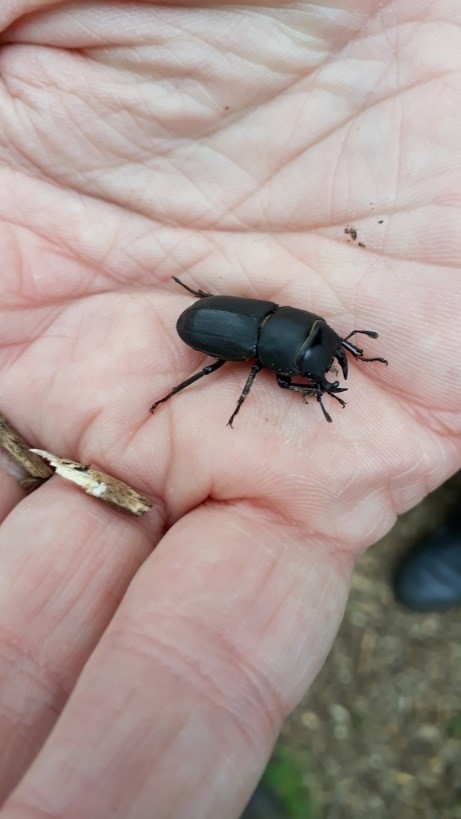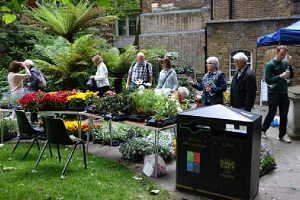Biodiversity Action Plans
The City of London’s BAP provides a strategic focus to the management of green space in the Square Mile. A key theme of the City Together strategy is to ensure that the City protects, promotes and enhances our environment.
Friends of City Gardens are a member of the partnership group, who meets to review the achievements of the previous BAP and agree the target species and habitats every five years:
BAP 2016-2020
BAP 2021-2026

The following have been selected as target species:
House sparrow (Passer domesticus)
Black redstart (Phoenicurus ochruros)
Swift (Apus apus)
Peregrine falcon (Falco peregrinus)
Bats (Chiroptera spp.)
Bumblebees (Bombus spp.)
Stag beetle (Lucanus cervus)
Sites of Importance for Nature Conservation
The London Plan identifies the need to protect biodiversity and to provide opportunities for people to access nature through local green spaces. The best examples of key habitats and green spaces are identified as Sites of Importance for Nature Conservation (SINCs). SINCs are non-statutory designated sites identified by local authorities. In London, sites are categorised of importance at Metropolitan, Borough and Local level. In the City the following sites have been designated as:
Sites of Metropolitan Importance for Nature Conservation
The River Thames and its Tidal Tributaries
Sites of Borough Importance for Nature Conservation
Temple Gardens
Barbican and St Alphage Gardens
Bunhill Fields Burial Ground
Sites of Local Importance for Nature Conservation
Pepys Garden and St Olave’s Churchyard, Seething Lane
St Paul’s Cathedral Garden
Cleary Gardens
St Botolph without Bishopsgate Churchyard
Aldermanbury Gardens
The Roman Wall, Noble Street
Finsbury Circus
Three new SLINCs are to be created under the BAP 2016 – 2020

Portsoken Garden
Postman’s Park
St Dunstan in the East
